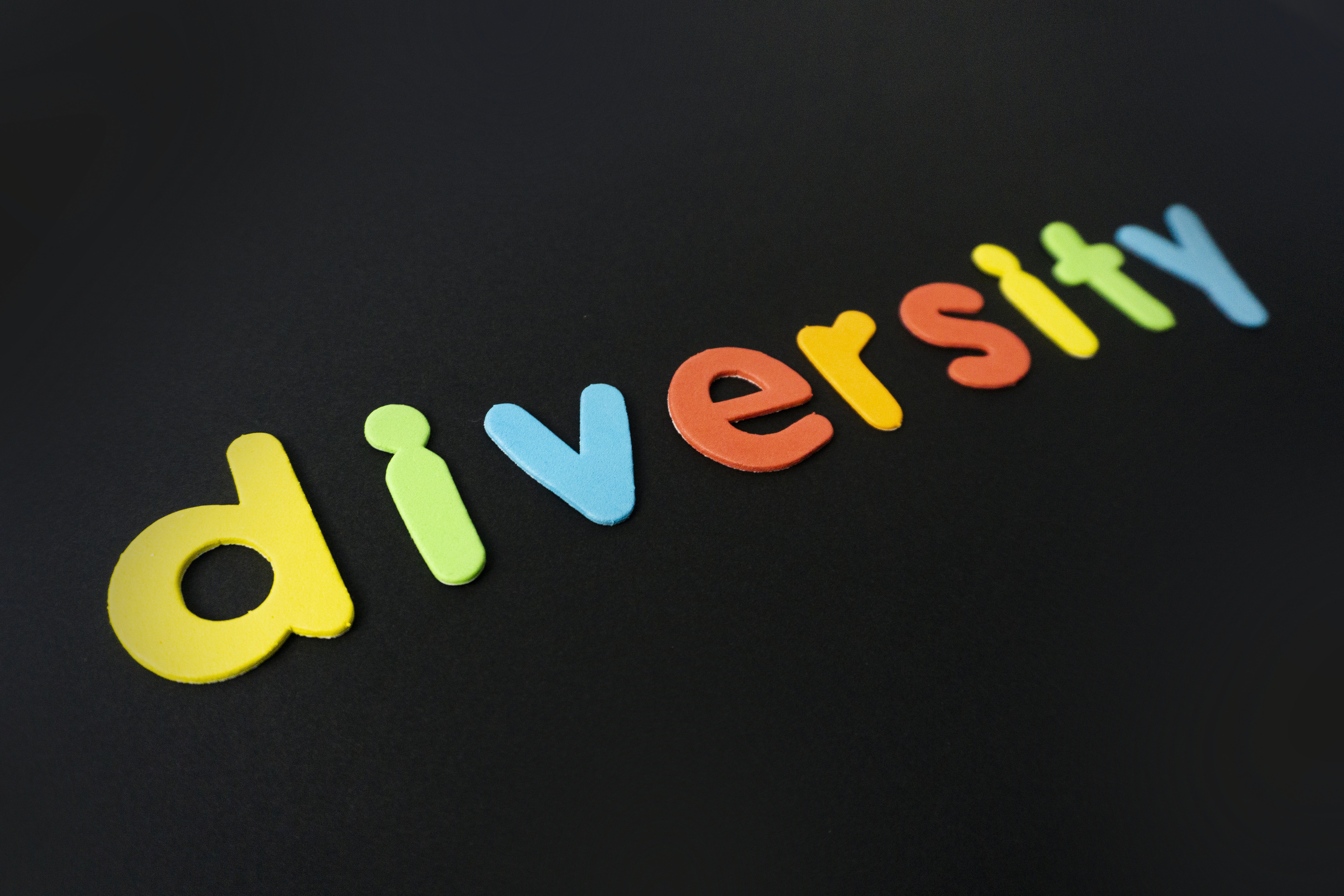I think a lot about what diversity means from an organisational perspective…
So often, the word 'diversity' in the workplace is pigeonholed; reflecting one of the 9 protected characteristics outlined in the Equality Act, with little consideration for intersectionality.
My experience is that many people perceived as ‘diverse’ identify with more than just one characteristic...
Age
Sex equality
Sexual Orientation
Pregnancy & Maternity
Marriage and Civil Partnership
GenderReassignment
Religion & Belief
Disability
Race
And what does it even mean..?
In what context should diversity be considered? Is diversity at work just another way of describing an individual as different from the majority of the workforce, or should it be viewed in the context of society as a whole?
If a company is made up mainly of women, does that mean that men are diverse? Or if the company’s workforce is overwhelming white, is ‘diversity’ a way of describing anyone with a different cultural, ethnic or racial background?
Or, should we be aiming for a fair reflection of the demographics of the community in which the organisation operates? Does that take into account different types of diversity, such as social mobility and diversity of thought?
The word 'diversity' is so often linked to the word 'inclusion' – the two have become intertwined to mean something more than their sum.
My interpretation of the word 'diversity' in this context is that it really means 'difference' and inclusion means 'where everyone is welcome'.
But confusion abounds - in my experience, the term 'diversity and inclusion' means many different things to different people; sometimes positive, often negative. And frequently, it appears there is a fundamental misunderstanding about why it is important - more on this shortly...
A question I continue to ponder is this; if an organisation fosters a true culture of 'inclusion', can diversity happen naturally (because there is no barrier to anyone at all) or should organisations take further steps to engineer a diverse workforce by the use of employee quotas, and targeted recruitment campaigns? Is this a long game or a short game? Does positive action work, or does 'engineered diversity' inhibit organisations' natural growth?
I should clarify that developing the culture of an organisation to be more inclusive (and non-discriminatory) does take a lot of work, and it must be a structured effort - it will not happen naturally. Rather, once the organisation can consider itself inclusive (by developing and implementing on-going inclusion programmes) will the workforce become more diverse naturally?
I do think that organisations have to change the way they go about the recruitment process. So much of it remains subjective and arbitrary - most existing structures and processes are extremely biased, unintentionally or not.
I have way more questions than answers, but what I see on a day to day basis in my work at Inventum, is that many organisations talk a decent game when it comes to creating diverse workforces and inclusive cultures, but very few actually have a true sense of what it all actually means to them, and how they can nurture the conditions where equality becomes a given.
Equality, not diversity
Pay gap reporting amplified the conversation about gender. Race and ethnicity reporting are on the horizon and after that, I would expect disability reporting to become a requirement. To do this, accurately legislation will need to change - currently there is no requirement for employees or job seekers to declare disability, race or ethnicity, so how can accurate data be collected and analysed?
I am not suggesting that anyone should be forced to disclose their characteristics but we seemingly can't have one without the other.. In my view, it's increased dialogue but resulted in very little actual change.
It was in 1968 that the female workers at Ford Motor Company in Dagenham went on strike seeking equal pay for equal work. And whilst there is legislation to ensure parity between the sexes for the same work, we don’t seem to have come very far at all.
More than 50 years later and women are still undervalued and underrepresented in the corporate world.
So, what’s the real driver?
Is pay gap reporting a blunt tool? Are organisations driven by fear and risk, when they could/should be driven by opportunity? Organisations approach diversity and inclusion from a reputational risk perspective. The focus on how they're viewed as being more diverse and inclusive, especially when compared to their competitors.
Creating a diverse workforce and having an inclusive culture ensures a healthy commercial ecosystem.
A system where different opinions and perspectives are valued, potential solutions and opportunities are considered and appraised, and the best outcomes are identified.
Alongside the moral, ethical and societal benefits, we must articulate and loudly proclaim the commercial value of diversity and inclusion. This may well be the real driver of lasting change.
Adam Tobias Partner, Inventum Group
adam@inventumgroup.com
